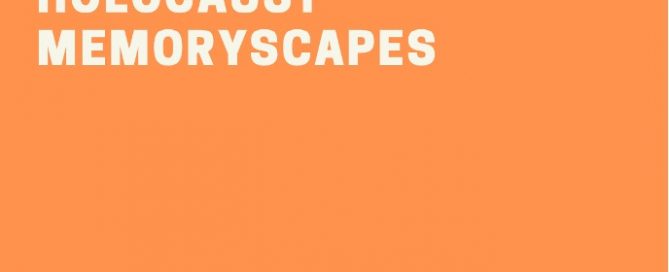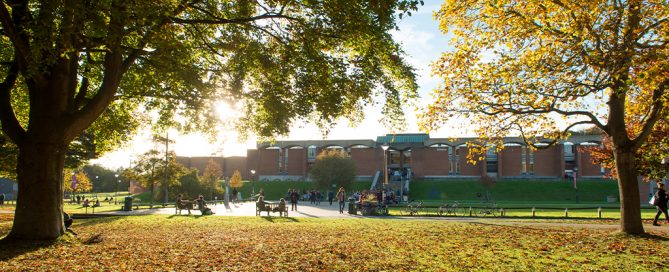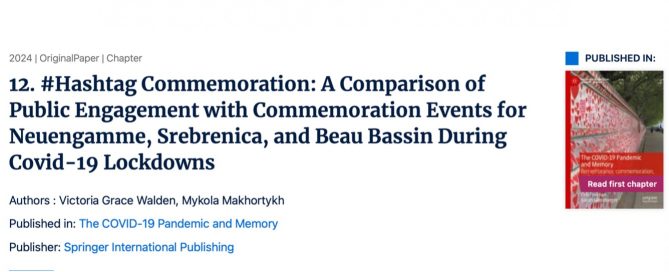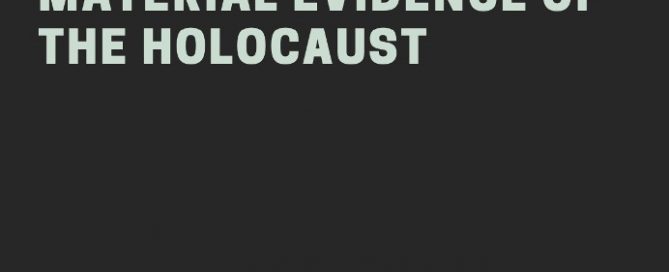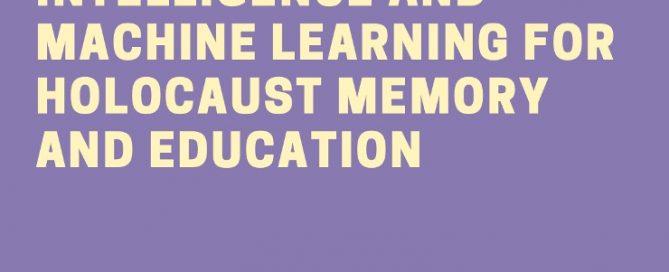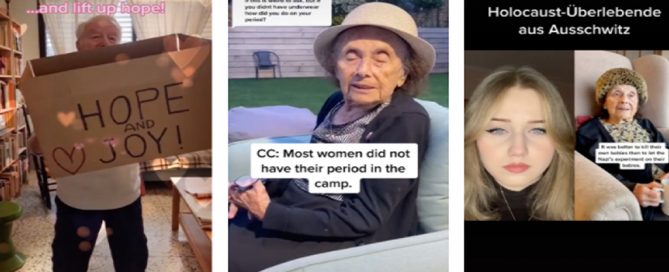Recommendations for Virtualising Holocaust Memoryscapes
The recommendation reports, published as part of the Digital Holocaust Memory Project, underpin the objectives of the Landecker Digital Memory Lab. Their findings feed into all of the work that we now do. Foreword Virtual reality and augmented reality experiences play an increasingly significant role in Holocaust memory and education as professional memory institutions continue to explore the affordances of integrating digital technologies into visitor and user experience. There is a rapidly expanding list of projects experimenting with cinematic virtual reality, photogrammetry, digital mapping, 3D modelling, 360-degree on-location survivor testimony as well as a growing portfolio of augmented and mixed reality mobile and tablet applications. Principally being implemented as spatial technologies, several memorial sites and museums are exploring the possibilities of creating 3D graphic reconstructions of former sites of Nazi persecution in AR/VR such as the digital reconstruction of Falstad Concentration Camp, the Here: Spaces for Memory App at the Bergen-Belsen Memorial Site, the Sobibor AR exhibit, the project Auschwitz VR as well as the 360-degrees-walks at Neuengamme Concentration Camp Memorial. Going further, some digital initiatives are using VR/AR/MR technologies to zoom in on historical documents, testimonies and artefacts, notable projects include the ARt AR App at the Dachau Memorial [...]
